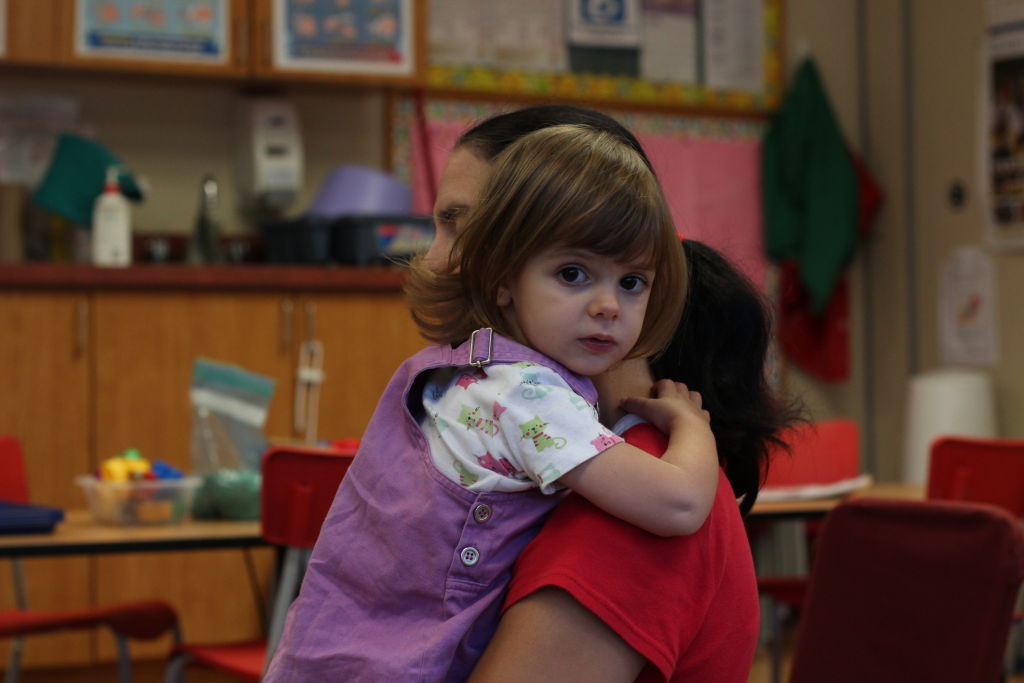
Childcare providers are scrambling after new provincial home daycare regulations came into effect at the end of August.
Many home daycares, licensed or not, say the changes make it financially difficult to continue.
The regulations require home daycares to include their own children in their allowed limit – five for unlicensed and six for licensed. It also limits them to two children under the age of two.
The difference of one less child makes a big financial difference to a provider’s income.
“I know eight caregivers who have closed their home daycares,” said Marion Butlin, a 1996 Algonquin graduate, who has been running an unlicensed home daycare in the Glebe for 20 years.
Bill 10, the provincial daycare legislation, has also forced her to cut one space because of the two under two regulation.
“We’re hurting financially,” she added. “We’ve had to raise our rates. Some parents have left their current caregivers because they can’t afford the space. This Bill has wrenched families apart.”
Kim Hiscott, also an Algonquin graduate, is the executive director of Andrew Fleck Child Care Services, an agency that provides support and oversight to home daycares interested in the licensed model. She is sympathetic to unlicensed daycares that are legal – those that are following the regulations – but said the licensed model is better because includes safety government checks.
“The burden should not be on the parents,” said Hiscott, which is the norm right now since there are more unlicensed home daycares.
“The reason is that it (has been) financially advantageous,” she said. “The licensed model that providers are used to requires paying fees to the licensing agency of up to 30 per cent per child per day.”
Marion Butlin agrees that this is the main motivation for remaining unlicensed.
“I don’t know many people who can afford losing 30 per cent of their income,” she said.
Butlin said she also understands that some parents may be worried that some daycare providers are simply avoiding safety inspections.
She said she has no problem with inspections, but the Ontario Ministry of Education only inspects daycares affiliated with a license agency.
“Of course we’re open to surprise inspections, but many of us don’t require access to someone to give us business advice,” explains Butlin. “We do that ourselves.”
“The providers that are following the rules want to distinguish themselves from the illegal providers,” said Hiscott. “It’s a concern to parents and it’s really what’s out there in the media.”
With these concerns in mind, Hiscott has proposed a new license model, which would remove the administration fees related to finding parents in need of care, collecting the fees from parents, and purchasing their own equipment.
“We’re just starting to get people to be interested,” Hiscott said. “It’s a big change, so our information sessions are well attended.”
Hiscott hopes that the new model, coupled with the allowance in rules of a sixth child for licensed daycares, will be enough of a financial motivation for the unlicensed daycares to affiliate with them and get a safety check by the Ministry of Education.
Butlin still finds it advantageous being unlicensed because it allows her to spend on language and math skills rather than on license fees. She said she is proud that her kids enter the advance stream when they leave the daycare for kindergarten.
“I feel that with Bill 10, people are losing sight of that fact. I wish everyone would remember that we all want the same thing, we all want what’s best for the kids.”


